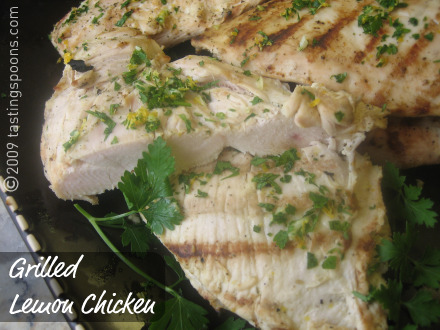
Our Meyer lemons are so ripe they’re almost falling off our trees (1 regular and 2 dwarfs), so I’m using lots of things with lemons these days. This weekend I need to make homemade margaritas for a family gathering and I’ll use oodles of them, most likely.
As you’ve read here before, I’m the first to admit that chicken breasts can be challenging for most cooks – you want to infuse them with lots of flavor and also not overcook them so they’re dry. Dry = tasteless. The trick is taking them off the fire/flame when they’re JUST done and not later. It was some years ago that I learned at one of Phillis Carey’s cooking classes, that flattening chicken breasts to a mostly even thickness is one secret to success. Phillis has written an entire 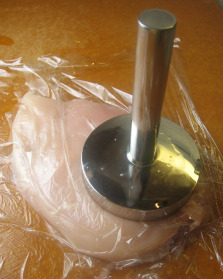 BOOK about cooking chicken breasts, so she comes by her knowledge with a lot of experience under her belt. If you have one of these pounders (pictured at left), great. If not, use a regular meat pounder turned on its side – you do not want to pulverize the chicken flesh. You just spread it a little bit, that’s all.
BOOK about cooking chicken breasts, so she comes by her knowledge with a lot of experience under her belt. If you have one of these pounders (pictured at left), great. If not, use a regular meat pounder turned on its side – you do not want to pulverize the chicken flesh. You just spread it a little bit, that’s all.
This recipe came from a 2005 Gourmetissue. As I recall, the editorial staff asked employees for favorite recipes they’d share in the magazine. This one was provided by Food Editor Melissa Roberts-Matar, from her father Richard Roberts. The recipe does not come with any sauce or garnish. Hence, I decided to add a bit of zip to the mixture by sprinkling on a gremolata. Traditionally gremolatais sprinkled on Italian osso buco as a garnish only. But it’s zippy – lemon zest, finely minced garlic and Italian parsley. If used in profusion it could overpower this, so be gentle until you know that you really like it and can handle the pungent garlic. And whatever you do, don’t overcook the chicken.
If you’ve pounded the breasts, you simple put them in a bowl or plastic bag and add the marinade. What’s unique about this concoction is a raw EGG. One whole egg gets whizzed up in the blender with the other ingredients, so the liquid becomes emulsified – looks more like a salad dressing than a marinade. It has some fresh squeezed lemon juice and vegetable oil. It also called for poultry seasoning. Since I didn’t have any, I made my own with dried sage, dried thyme, pepper, marjoram and a dash of ground cloves. So my recipe differs somewhat from the original. The chicken is marinated for at least 8 hours, and up to 24.
If you check on the recipe at Epicurious, you’ll find that a couple of people thought it was dry and tasteless, but most people who made this raved about it. So beware of overcooking, that’s all I can tell you. The chicken is grilled, first searing both sides, then baked (inside the grill) off heat until they’re done. If you don’t mind inserting a meat thermometer into chicken breasts (the absolute best way to know when they’re done) cook them until they reach 155 degrees, and not a moment longer. Whisk them while they’re sizzling hot to a heated platter and serve. Chicken doesn’t need to sit and rest as red meat does.
The gremolata ingredients are added in this recipe at the bottom. Hope you enjoy that – it makes a huge difference. I like lemon-garlic-parsley, so for me I could add a lot of it. You could also serve this with a fruit salsa, but I think it would detract from the delicate lemon flavor of the chicken. If you prefer a sauce, make a savory lemon sauce to go with it. I’d want a clear lemon sauce, probably made with cornstarch, chicken broth, lemon juice, and that would be about it. Or a chimichurri sauce would also go perfectly with this. If you enjoy lemon, you could also give the chicken breasts a little squeeze of lemon just before serving, too. The lemon flavor definitely permeated through the chicken. I might give it the full 24 hours marinating time, next time. Shall I say it one more time? Don’t overcook it, that’s all.
printer-friendly PDF
Grilled Lemon Chicken
Recipe: adapted from Melissa Roberts-Matar of Gourmet Magazine
Servings: 6
NOTES: If you have poultry seasoning, you may use it (1 teaspoon) instead of the sage, thyme, marjoram and cloves. Could also be served with a clear lemon sauce or chimichurri sauce.
MARINADE:
1 tablespoon lemon zest — freshly grated
1/2 cup fresh lemon juice
1/2 cup vegetable oil
1 large egg
1 tablespoon salt
3/4 teaspoon dried sage — crumbled
1/4 teaspoon dried thyme — crushed in your hands
1 dash dried marjoram — crushed in your hands
1 dash ground cloves
1/4 teaspoon white pepper
– – – –
6 large boneless skinless chicken breast halves (or other chicken pieces)
GARNISH:
3 cloves garlic, very finely minced
1 tablespoon lemon zest (from one lemon)
1/4 cup Italian parsley, very finely minced
1. Combine the marinade ingredients in a blender and puree until emulsified. (The egg will give the marinade a thicker texture.)
2. Lightly pound the thicker ends of each chicken breast with a flat-type meat pounder until the meat is an even thickness, about 1/2 inch, between sheets of plastic wrap.
3. Place chicken in a heavy-duty plastic bag (or large non-reactive bowl or dish). Add the marinade and turn chicken over until well coated. Refrigerate for at least 8 hours, or up to 24 hours. Bring chicken to room temp for 30 minutes before proceeding.
4. Discard marinade.
5. Preheat gas grill (or charcoal grill) to medium-high. Bank the charcoal on half of the space, leaving ample room for the chicken to be off direct heat. Oil the grill racks lightly.
6. Grill the chicken pieces for 3-4 minutes per side (don’t burn). Remove chicken to the side off heat (gas grill – turn off one burner and move chicken to that area – and reduce temp to medium. Cover grill and continue to cook for about 15 minutes (more if bone-in). If chicken pieces are thinner than 1/2 inch, it will take about 10 minutes to cook through. Do not overcook or the meat will be dry.
7. GREMOMATA: Very finely mince the ingredients (separately, then combine). Each one of these could overpower the dish, so make sure all as small as you can make them. Set aside until ready to use (up to 6 hours).
7. Transfer chicken to a heated platter and serve immediately with the gremolata sprinkled on top .
Per Serving (assuming you eat the marinade, which you don’t, of course): 309 Calories; 20g Fat (60.1% calories from fat); 28g Protein; 2g Carbohydrate; trace Dietary Fiber; 104mg Cholesterol; 1155mg Sodium.







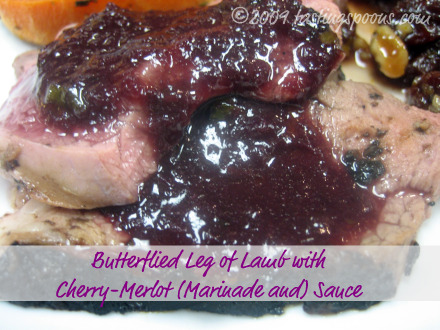
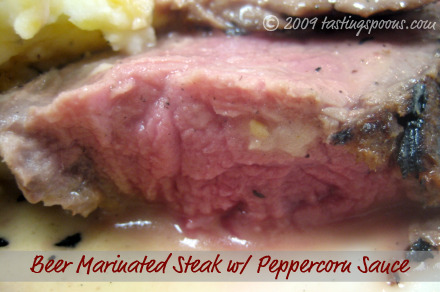
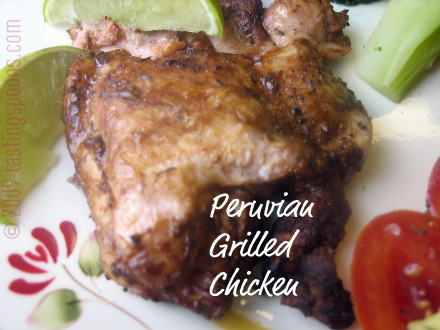
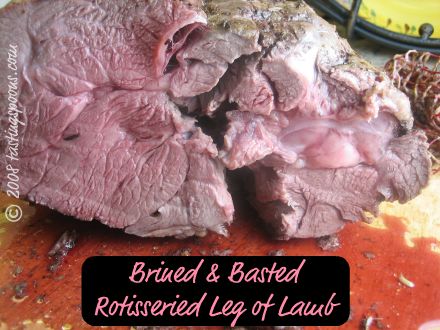

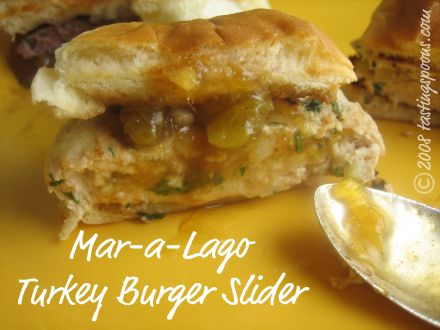

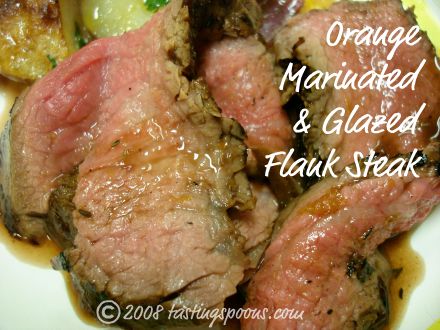
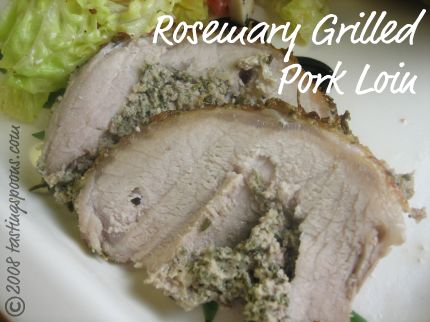
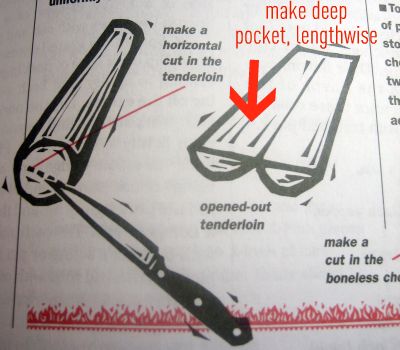
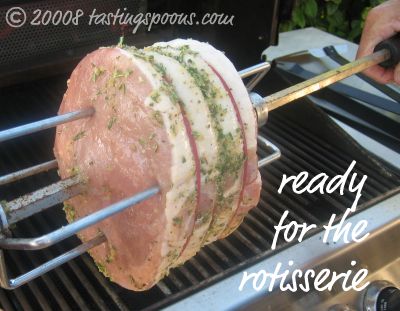
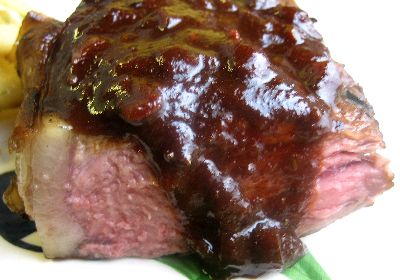
Leave a Comment!